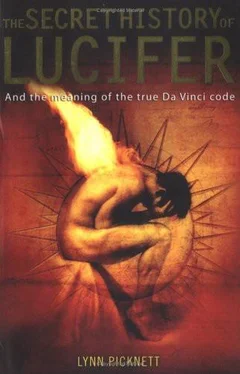As we have seen, the original Grail was a large dish or salver, but what inspired Chretien with that idea?
Perceval is modelled on the Celtic folk tale Peredur, Son of Efrawg, part of the celebrated collection of Welsh tales known as the Mabinogion. The Grail itself is derived from the severed male head carried on a platter that features in that tale.
Peredur is entertained by the lord of a castle, a lame knight, who turns out to be his uncle:
Thereupon he could see two youths coming into the hall, and from the hall proceeding to a chamber, and with them a spear of exceeding great size, and three streams of blood along it, running from the socket to the floor. And when they all saw the youths coming after that fashion, every one set up a crying and a lamentation, so that it was not easy for any to bear with them. The man did not, for all that, interrupt his conversation with Peredur. The man did not tell Peredur what that was, nor did he ask it of him. After silence for a short while, thereupon, lo, two maidens coming in, and a great salver between them, and a man's head on the salver, and blood in profusion around the head. And then all shrieked and cried out, so that it was hard for any to be in the same house as they. At last they desisted therefrom, and sat as long as they pleased, and drank."
The fact that Chretien's tale lacks an ending reveals that the writers of the continuations were not familiar with Peredur, as both the Christianizing writers and Wolfram add endings that are quite different from the Celtic original. In fact much of the traditional mystique of the Grail romances derives from trying to provide explanations for the miraculous elements that, in the original Welsh tale, are entirely unnecessary. In particular, there is the mystery of the nature of the Grail, and of the Question that will lift the enchantment on the Fisher King.
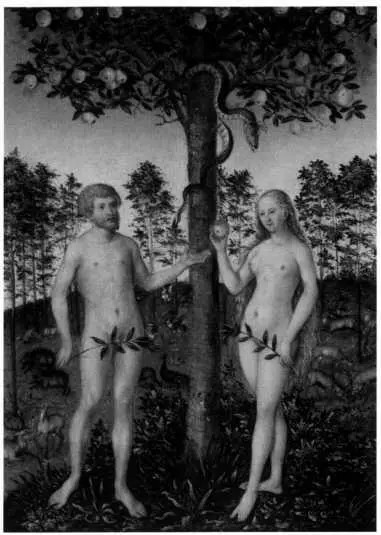
The serpent - taken to be the embodiment of wickedness - successfully tempts Adam and Eve to eat the forbidden fruit. Yet in discovering evil, they also discovered good, and their Luciferan spirit of enquiry was ignited, which led to all human progress.
William Blake's Glad Dav encompasses the joy of being human, acknowledging the endless challenges in which the real Lucifer revels.
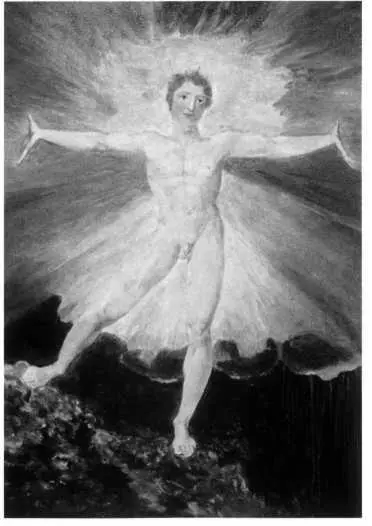
The ancient Egyptian god Set, destroyer and avenger - but was he also the model for the Israelites' Yahweh?

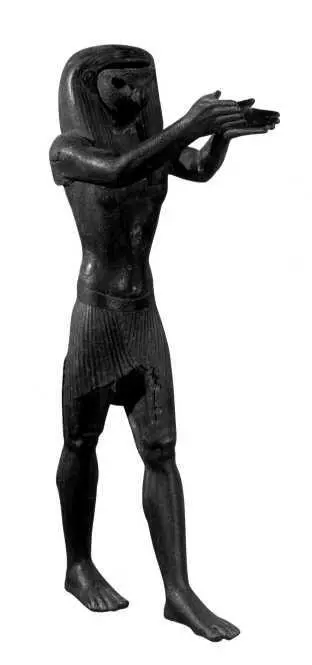
The Egyptians' magical child-god Horus, defier of the evil Set, Horus is the nearest Egyptian equivalent to the bright `Son of the Morning', Lucifer, who challenged Yahweh and lost - or so we are told ...
The Roman goddess Diana Lucifera - the illuminator or enlightener. The church hated and feared pagan goddesses for their power and the inspiration they offered to ordinary women.
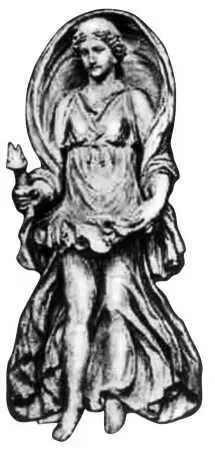
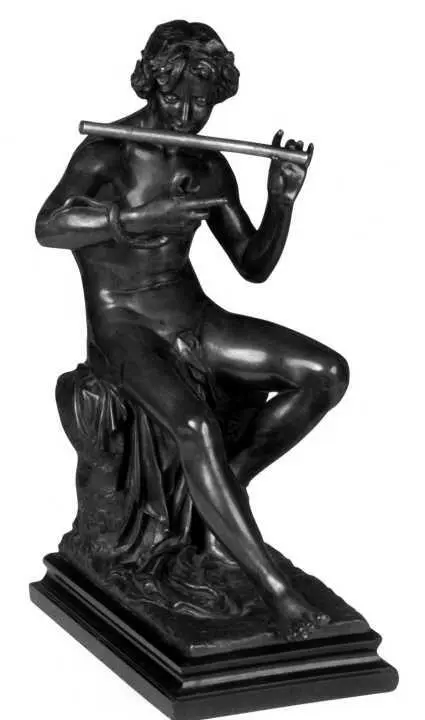
Pan, the beautiful god of nature, caressing the sacred snake of wisdom. In his mature guise of horns and hooves he became the Christians' model for the Devil.

The face of the man on the Shroud, seen in an extraordinarily detailed photographic negative. Does the image behave like a photograph because that is what it is?
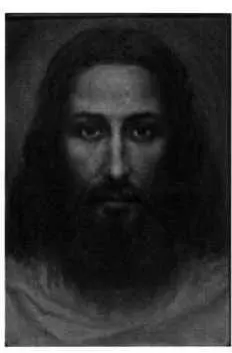
Portrait of the man on the Shroud. But is this really Jesus Christ, or the face of the great Luciferan artist and illusionist, Leonardo da Vinci as depicted below?

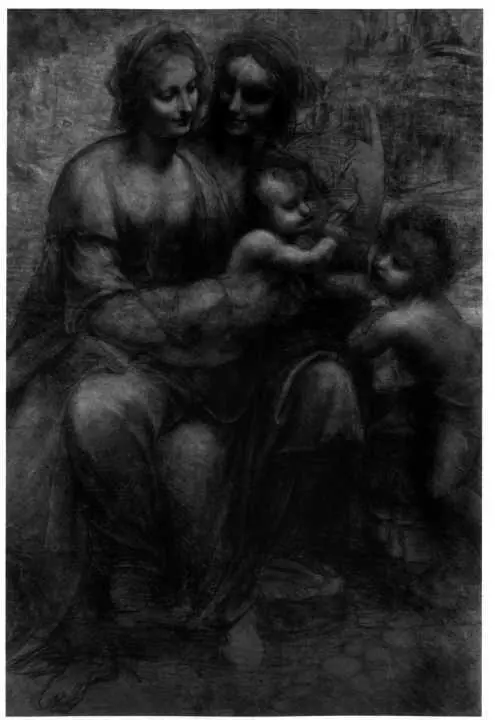
Da Vinci's preliminary sketch for The Virgin and Child with St Anne. Is the baby Jesus blessing John, or is he steadying his head to take a blow? Leonardo the Luciferan imbued many of his works with profoundly heretical messages about the superiority of the Baptist. Note the severed head hidden in the landscape at the top right-hand corner.

D. G. Rossetti's depiction of Mary Magdalene shows a flame-haired passive beauty. Known to her devotees in France as `Mary Lucifer' - the light-bringer - her red hair signified sexual energy, perhaps the main reason that red-haired women were believed to be witches.
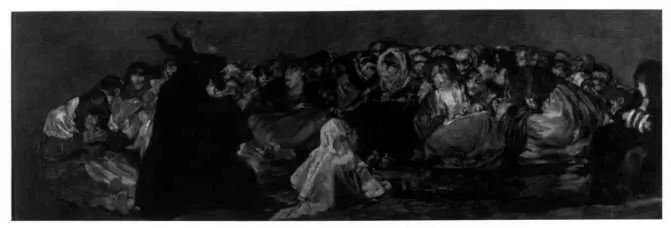
Goya's famous The Witches' Sabbath superbly evokes the sinister horror of a coven's worship of the goat-like Devil. Unfortunately most of the more lurid accounts of the Sabbath came from the imagination of `witches' under torture.
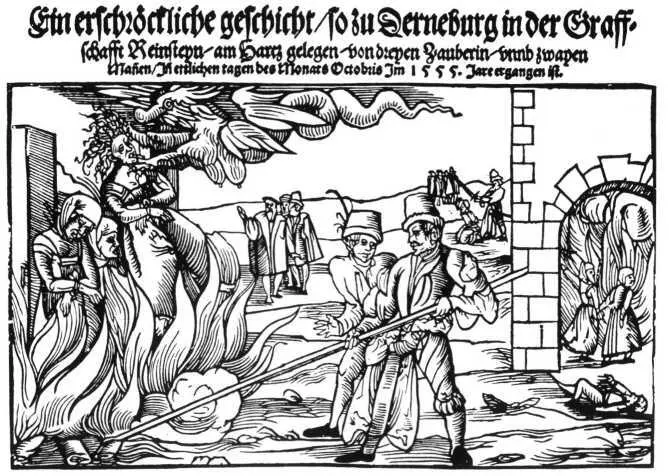
No one knows exactly how many so-called `witches' were tortured and burned in Europe over at least 300 years. Estimates vary wildly between 5 million and a hundred thousand! But most of the accused were completely innocent of trafficking with the Devil.
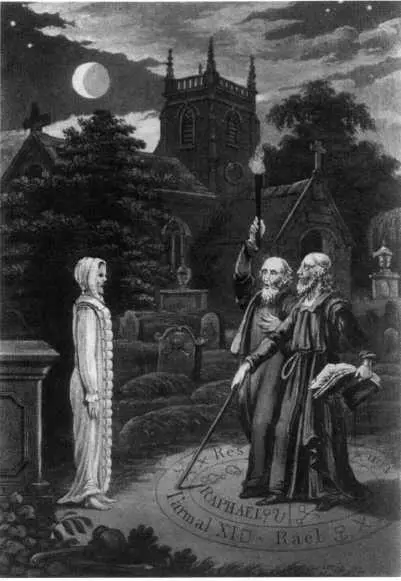
Dr Dee's maverick assistant Edward Kelley and an accomplice seek to learn the future from a magically-reanimated corpse. Luciferan daring can often lead to dangerous or distasteful activities - the price we pay for being enthralled by extreme possibilities.
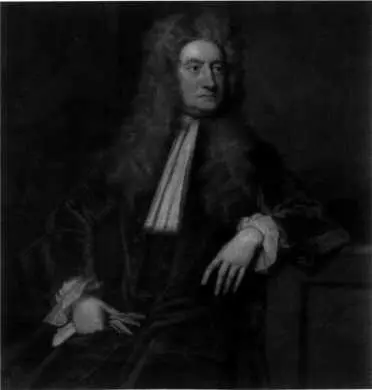
Sir Isaac Newton, alchemist and pioneering scientist, embodiment of the Age of Enlightenment, when the light of Lucifer finally began to sweep away the darkness of superstition.
In Peredur these are coherent parts of the overall plot. On that first occasion in his uncle's hall, Peredur fails to ask the identity of the severed head and what the procession is all about, and therefore misses (temporarily) his destined path. After going on to have many more, unrelated adventures (the basis of the perils encountered in the Grail quests), he is visited at Arthur's court by a hideous blackskinned woman - the original of the `loathly damsel' of the Grail stories - who upbraids him:
Peredur, I greet thee not, for thou dost not merit it. Blind was fate when she bestowed favour and fame upon thee. When thou camest to the court of the Lame King, and when thou sawest thou there the squire bearing the sharpened spear, and from the tip of the spear a drop of blood, and that running as it were a torrent as far as the squire's grip - and other marvels besides thou sawest there, but thou did not ask after their meaning nor the cause of them. And had thou so asked, the king would have had health and his kingdom in peace. But henceforth strife and battle, and the loss of knights, and women left widowed, and maidens without succour, and all that because of thee3'
Читать дальше
